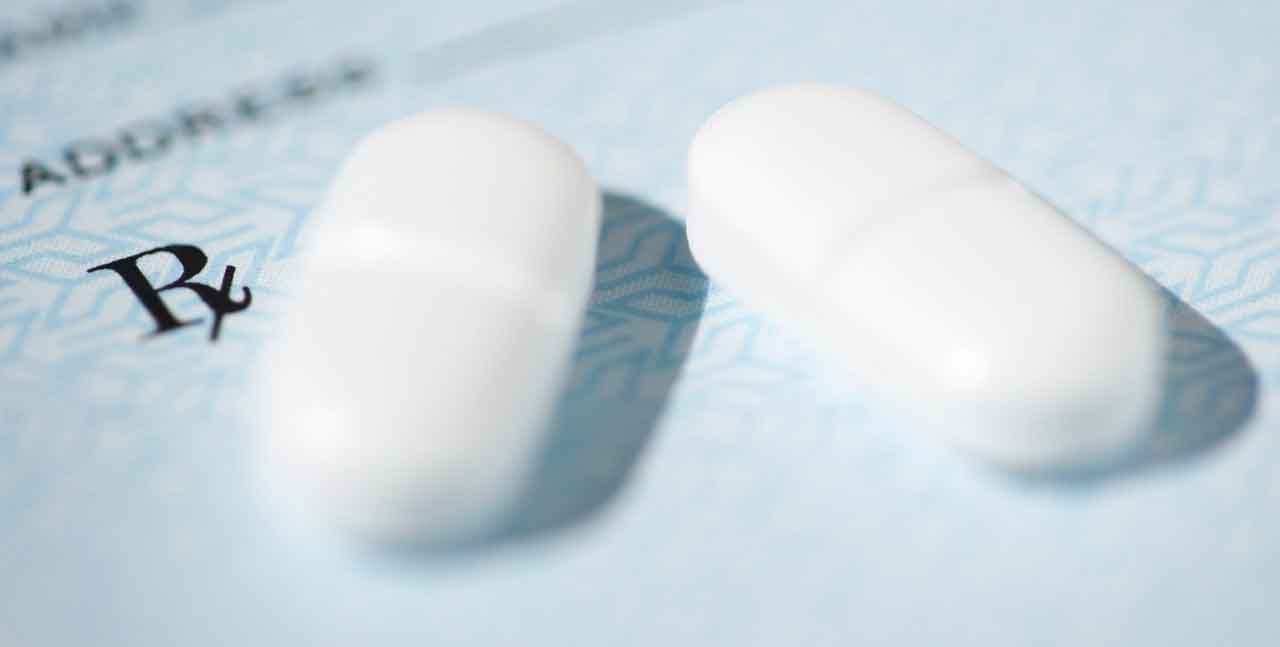Do Drug Ads Help You Get the Right Medical Care?

Drug companies spend billions advertising the latest medications, but the products they pitch often aren't any more effective than what's already available.
The pharmaceutical industry spends billions on drug ads, $7 billion in 2022 alone. Their purpose is to sell expensive new drugs sometimes unfamiliar to the public. But more often than not, new drugs aren’t more effective than current options, according to a study of expert ratings. Drug advertising is also tax deductible.
Most of the drugs you see on “TV and streaming programs, on social media, on billboards and the sides of busses, on tote bags, and in public bathrooms,” as retired rheumatologist Robert H. Shmerling, MD, puts it, may not be worth your attention.
YOU MIGHT ALSO LIKE: Why Are Prescription Drugs Expensive?
The researchers analyzed scores from independent agencies for 73 drugs. Only about one in four of the drugs, the most heavily advertised, offered even a moderate advantage, compared to the treatments already available.
Separate research at Johns Hopkins Bloomberg School of Public Health in Baltimore, Md., reached a similar conclusion. Manufacturers on average spent more advertising low-value drugs than on medications that offer a real benefit. The researchers drew their ratings from an analysis in France and Canada, where the drugs were also sold sometimes under different names.
Drug ads aren’t harmless. They’re banned around the world, permitted only in the United States and New Zealand. The American Medical Association (AMA) recommended a ban in 2015, arguing that the ads push patients and doctors towards the latest shiny treatment with the big price tag — even if it’s not better.
The reality is that newer drugs have a shorter track record. Given a choice, there’s a strong case for picking the tried-and-true remedy that has proven to be safe over time.
But drug ads seem to work. The Johns Hopkins study concluded that 68 percent of the top-selling prescriptions drugs in 2020 didn’t offer extra value.
Another research team estimated that a 10 percent increase in drug advertising exposure increased the number of prescriptions purchased by about 5 percent.
Americans spend more on drugs than is necessary, whether through insurance, employer programs, or as patients out of their own pocket. Meanwhile, they tend to complain that there are too many ads, selling the same drugs over and over, with descriptions of side effects that make them uncomfortable. That endless list of side effects, required by law, may make your eyes glaze over so you actually underestimate the important risks, some research suggests.
Because new drugs often turn out to have unexpected side effects, legislation might ban ads for the first two years after a new drug hits the market. Although the U.S. Food and Drug Administration (FDA) regulates drug ads to make sure they are not misleading, it doesn’t compare drugs to each other (as France and Canada do). The FDA also can’t ban advertising altogether. It can, however, negotiate with manufacturers seeking approval of a new drug.
The high cost of drugs, a longstanding political issue, has led to price controls and negotiations within Medicare that go into effect in 2026. About three in 10 Americans reported in a Kaiser Family Foundation survey that they hadn’t taken their medication as prescribed because of costs.
Alongside its call for a ban, the AMA has pushed for more affordable drugs, in part making it harder for drug companies to prevent competition from generic versions of brand names.
Updated:
January 05, 2024
Reviewed By:
Janet O’Dell, RN